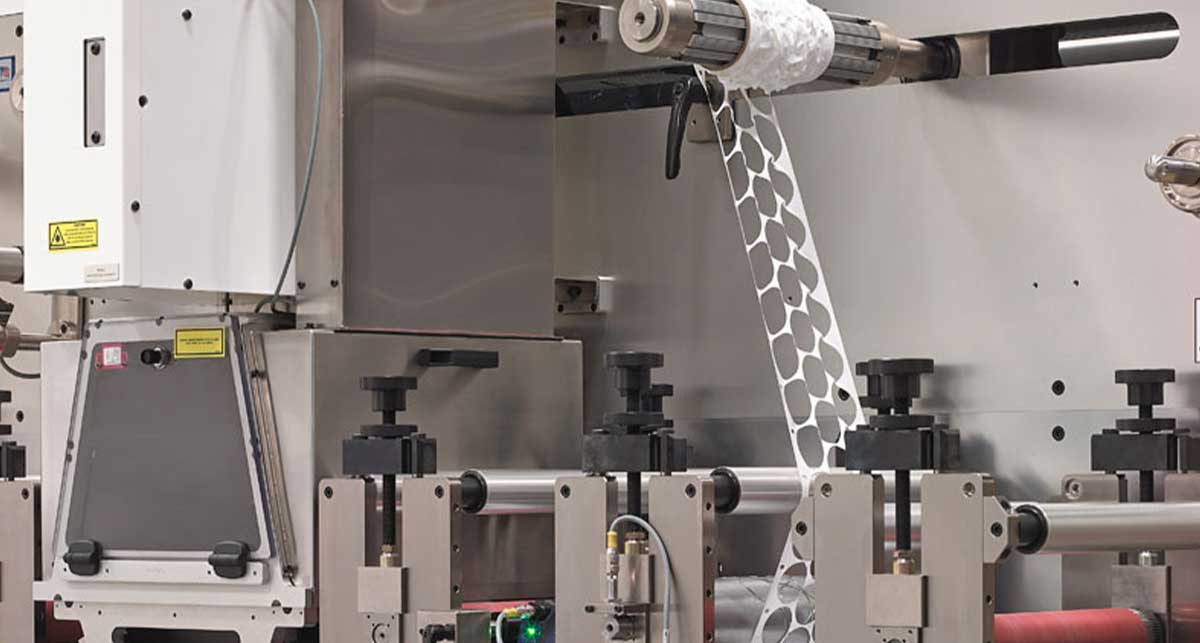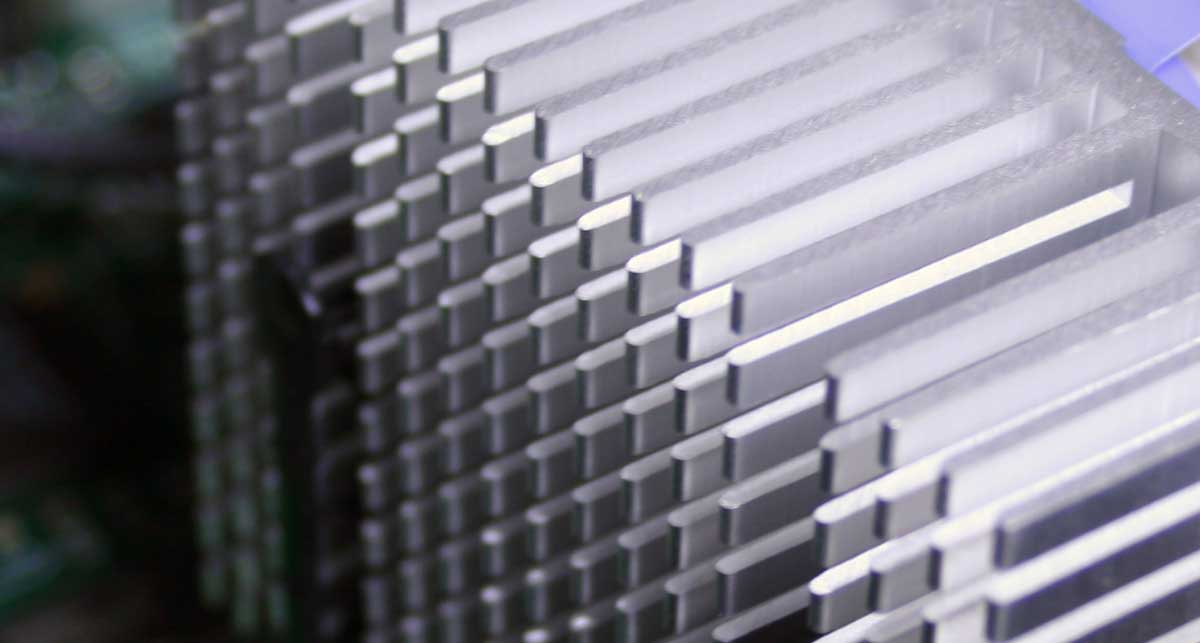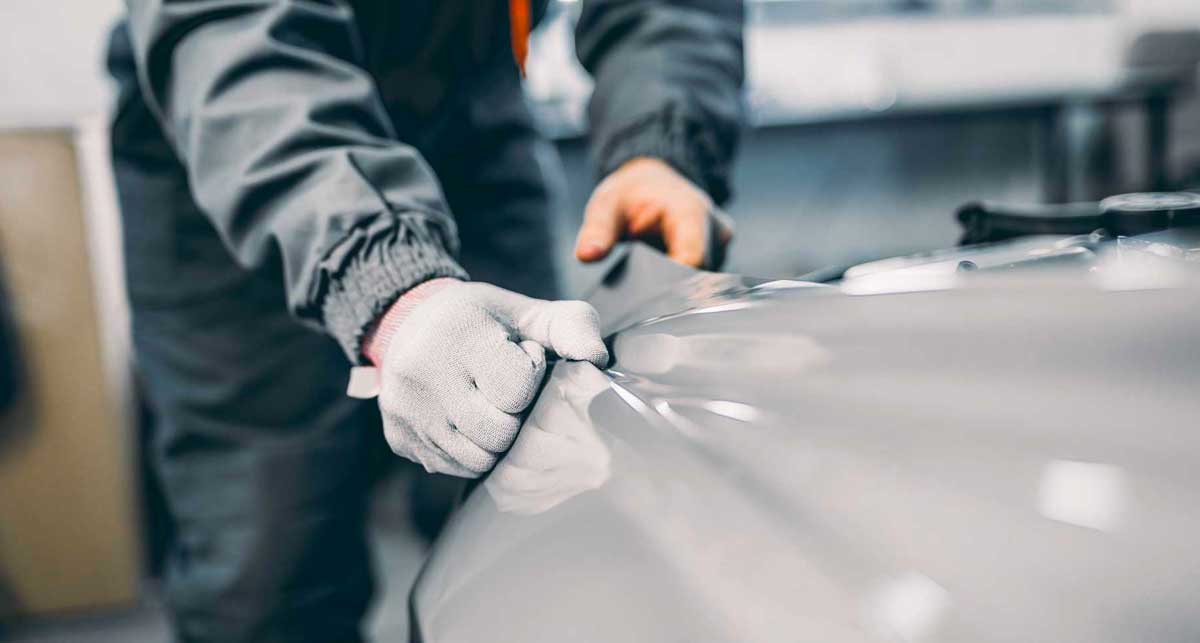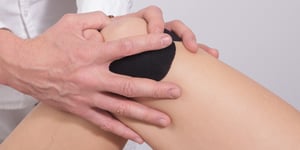Suppose you had gotten surgery, but just as you left the hospital, you walked straight into a monsoon. While there might be more pressing matters at hand, you’d still register the fear of, “Oh no! My bandages are soaked through.”
From medical technology to eyeliner stencils, Strouse has used waterproof skin adhesive tapes to build products intended for everyday use.
Today, we’ll first discuss the types of waterproof skin tapes so you’ll be better prepared to pair a material with your design. Then, we’ll review some of the waterproof skin tapes we often recommend for our clients’ projects to demonstrate the factors that need consideration for waterproof medical tape.
WHAT ARE WATERPROOF SKIN TAPES USED FOR?
Waterproof skin tapes fix wound dressings and medical devices to the skin while rejecting debris and fluids. Additionally, these tapes can be die cut for athletic or cosmetic purposes.
4 Types of Waterproof Skin Tapes
As a disclaimer, you might notice a running similarity between the tapes we discuss, but we aren’t trying to pull the rug out from underneath you: we genuinely believe these are the best waterproof tapes. However, many tapes are polyurethane, which may or may not suit your needs.
Here’s a brief overview of the different types to prepare you for the selection process.
1. POLYURETHANE FILM TAPE
Polyurethane films, known as PU films, are designed for breathability despite their liquid barrier, making them the ideal choice for many waterproof stick-to-skin applications.
- Breathability
- Moisture barrier
- Challenging to convert
In adhesive applications, the breathability of an adhesive is measured by MVTR (moisture vapor transmission rate): a measurement of how many grams per square meter of water vapor pass through the barrier of a given area daily.
For instance, you might have heard the phrase “letting a wound breathe.” Wrapping a wound too tight can result in infections, whereas a high MVTR helps prevent the buildup of sweat/exudate.
The downside? Polyurethane tapes can, unfortunately, be challenging for converters to process. That’s why another material might better suit your design and application.
2. FOAM TAPE
Foam tape, especially polyethylene foam, is relatively popular for waterproof skin tape.
- Comfortable on the skin
- Lacks breathability
The human body is not a flat surface, so material must be highly flexible to adhere to the skin. Foam is highly conformable, making it an excellent choice for certain products. However, it’s worth noting that foam lacks breathability.
Without breathability, injuries will gradually macerate, becoming soft, moist, and prone to bacterial infections. Whether you choose foam will depend on your product’s use and application.
3. HYDROCOLLOIDS
Hydrocolloids are a unique material used for purposes other than skin attachment.
- Keeps the skin moist over time
- Reduces scarring effect
- More challenging to convert
The primary purpose of a hydrocolloid adhesive is to keep the skin slightly moist to promote healing without scarring.
Manufacturers typically build hydrocolloids with a polyurethane backing, which gives them waterproofing. However, since their primary purpose isn’t fixing objects together, not all hydrocolloids have adhesive coatings.
While hydrocolloids can function as waterproof barriers on the skin, they are meant for highly specific applications.
4. ADDITIONAL FILM-BACKED TAPES
Polyurethane isn’t the only film-backed tape that can successfully waterproof when attached to the skin; others like polyethylene (PE), ethylene vinyl acetate (EVA), and polyester (PET) can achieve the same result.
At this point, you’re probably wondering, why single out polyurethane?
Unlike polyurethane, these additional film-backed tapes are traditionally less breathable or conformable. Depending on where you use them, this can lead to a slightly more uncomfortable or risky application.
What are the Best Waterproof Medical Tapes?
The best waterproof skin tapes are generally breathable AND flexible, making them comfortable for the user while delivering a secure performance.
Given our experience with converting waterproof skin tapes, we’ve chosen these eight adhesives, in no particular order, as the most effective options. These tapes come from different suppliers with varying adhesive types, strengths, and thicknesses for various choices.
After comparing these adhesives, you’ll have examples of materials you could use and understand the different factors to consider when using waterproof tape for a product.
HIGH-CONFORMABILITY/SILICONE ADHESIVE
As silicone adhesives, these skin tapes tend towards gentler wear and easier removal. However, they’re high-conformability, which means they can stick to more challenging or movement-prone body parts like elbows or knees.
High-conformability, polyurethane backing with a high-tack medical silicone adhesive.
These two tapes are high-conformability, TPE (thermal plastic elastomer) backing with a gentle medical silicone adhesive.
HIGH-CONFORMABILITY/ACRYLIC ADHESIVE
Acrylic adhesives are stronger, which can be helpful for long-term applications or adhering heavier components and devices to the skin.
These four tapes have high-conformability and polyurethane backings with a medical acrylic adhesive.
MEDIUM-CONFORMABILITY/ACRYLIC ADHESIVE
Many applications benefit from the strength of acrylic adhesive yet only require medium conformability to match the area of the application. If it’s not located on a joint, these waterproof tapes could be your ideal choice.
These tapes are medium-conformability, polyethylene backing with medical acrylic adhesive.
To avoid making a risky purchase, you’ll want to consider your product usage and discuss your manufacturer’s capabilities before ordering adhesive material. If you think any of these products will work for your application, feel free to request product samples.
How Do I Know Which Waterproof Tape to Use?
You’re staring down the list of recommendations like a detective at a crime scene: Where do I begin?
There isn’t one factor to consider when choosing waterproof skin tape. Instead, the choice relies on a combination of preferred traits based on your application.
When it comes down to it, the best way to choose a waterproof tape for skin is to evaluate the purpose of your product and then seek the advice of a flexible material expert.
Although your instinct might be to choose a material based solely on the benefits of product use, functionality is only half the battle. While building a functional prototype is no doubt impressive, your chosen material should be adaptable to large-scale production to create a successful product
If you’re not ready to decide yet, you can learn more about medical tape and planning to scale projects in our Learning Center.
Originally published: April 21, 2023








